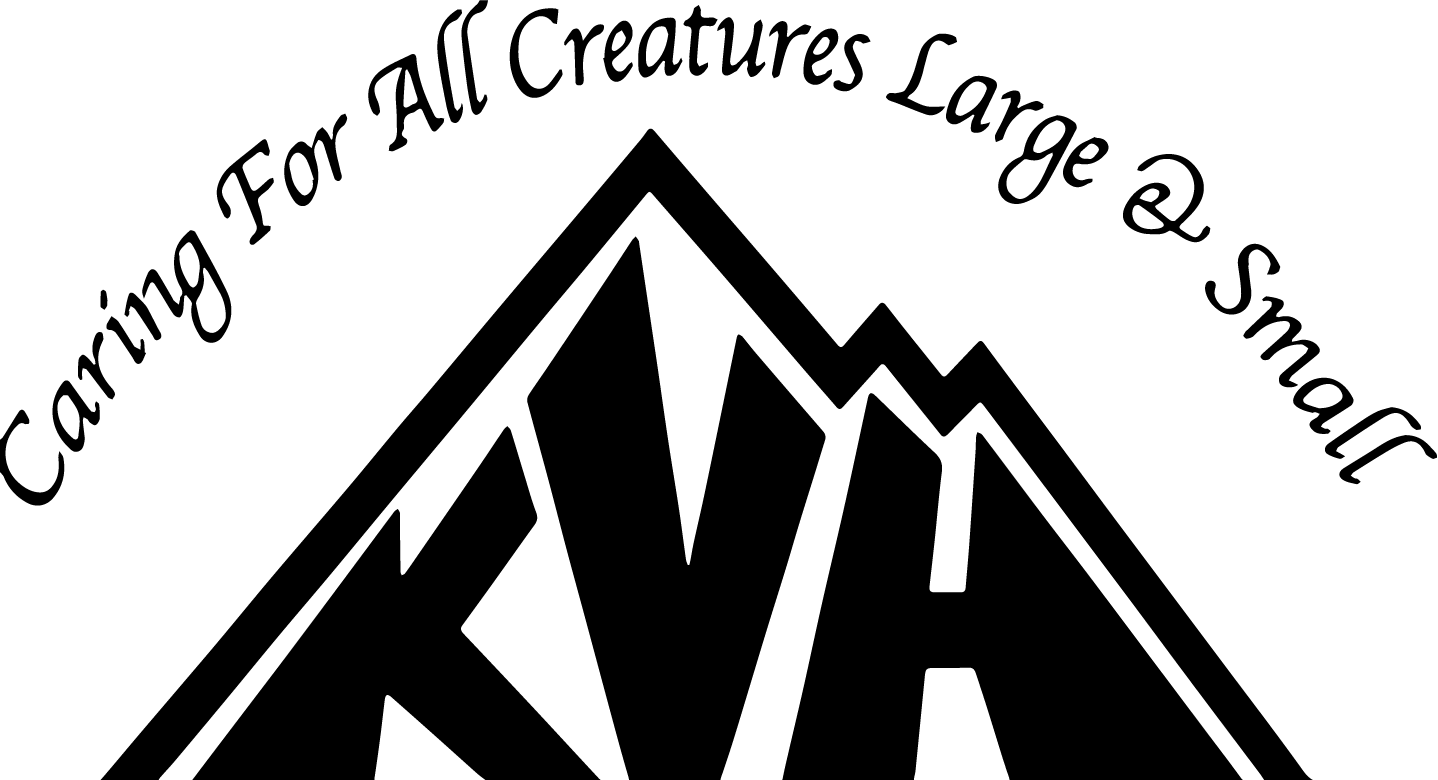Sarcoids are the most common skin tumor of horses seen by veterinarians across the nation including at Kulshan Veterinary Hospital. As many as one in ten horses will develop a sarcoid tumor during their life with most being detected between one and seven years of age. Despite their frequent occurrence, the variability of these tumors make them diagnostic and treatment challenges. Appaloosa, Arabian, Quarter Horse and Thoroughbred are the most “at risk” breed. There is no color or gender predisposition.
Sarcoids are highly variable in their appearance. They can be flat or nodular and the overlying skin can be haired, hairless, thickened, scaling, or ulcerated. This wide range of manifestations makes diagnosis difficult without a biopsy. Some horses will even have more than one tumor, but the tumors may or may not have a similar appearance.
Sarcoid growth patterns are also highly variable. These tumors are considered nonmetastasizing meaning that they are unlikely to spread to other parts of the body, but at the same time they can become very locally aggressive. Some tumors will remain static and unchanged for years, but can become aggressive and enlarge significantly if traumatized.
Bovine papillomavirus (BPV) types 1 and 2 are known factors triggering sarcoid formation. BPV enters skin through insect bites, direct contact, existing skin lesions or inflamed skin. Sarcoids often form in areas of thin skin or sites of previous trauma.
Once sarcoids are diagnosed there are several common treatment options. Unfortunately, in spite of these options, there is not a single, universally successful therapy. Treatment recommendations are based on tumor size, location and character. Surgical removal, cryotherapy (freezing), topical chemotherapy and injectable chemotherapy are common treatment strategies and may be used alone or in various combinations. Sarcoids rarely regress on their own, but if the tumor is quiet and remaining unchanged, a “wait and watch” plan may be recommended.
The take home message for horse owners is to alert your veterinarian about any new skin growth you see on your horse, especially if it is changing in size or appearance. Early examination and diagnosis are the key factors in achieving a more successful therapeutic outcome.
As always, if you have questions about sarcoids or any other aspect of caring for your horse, we encourage you to contact one of our large animal veterinarians.

